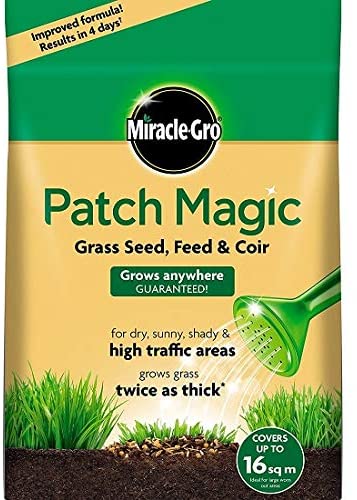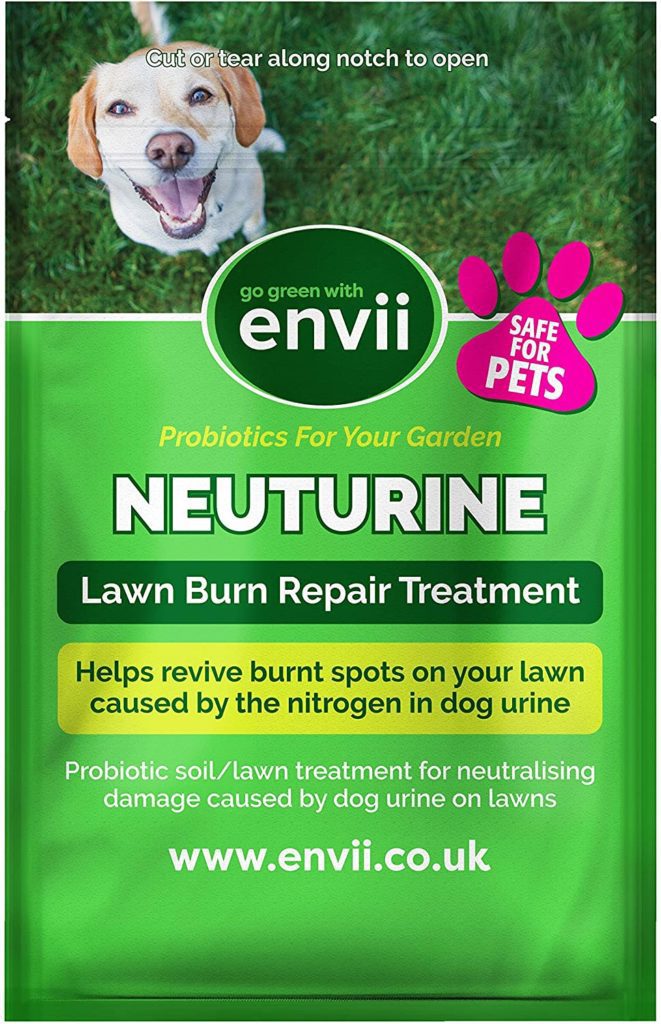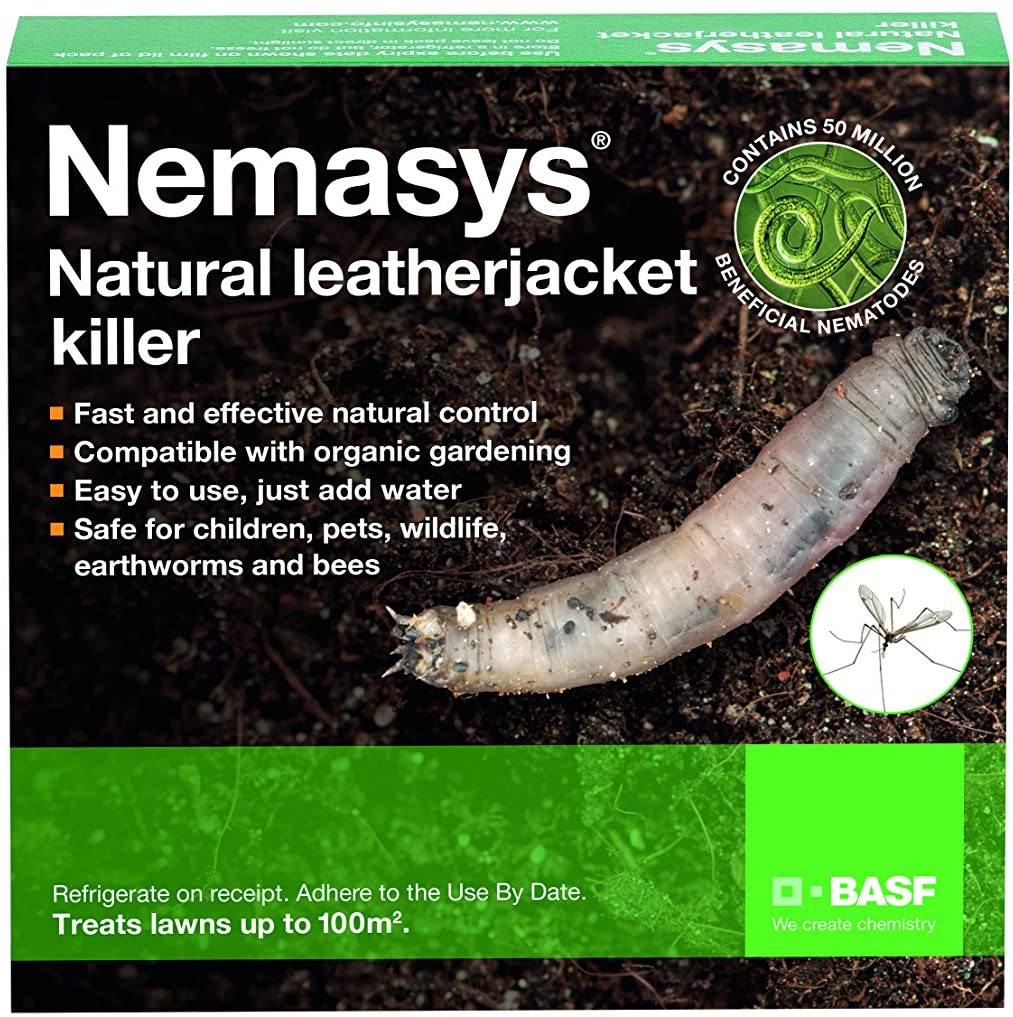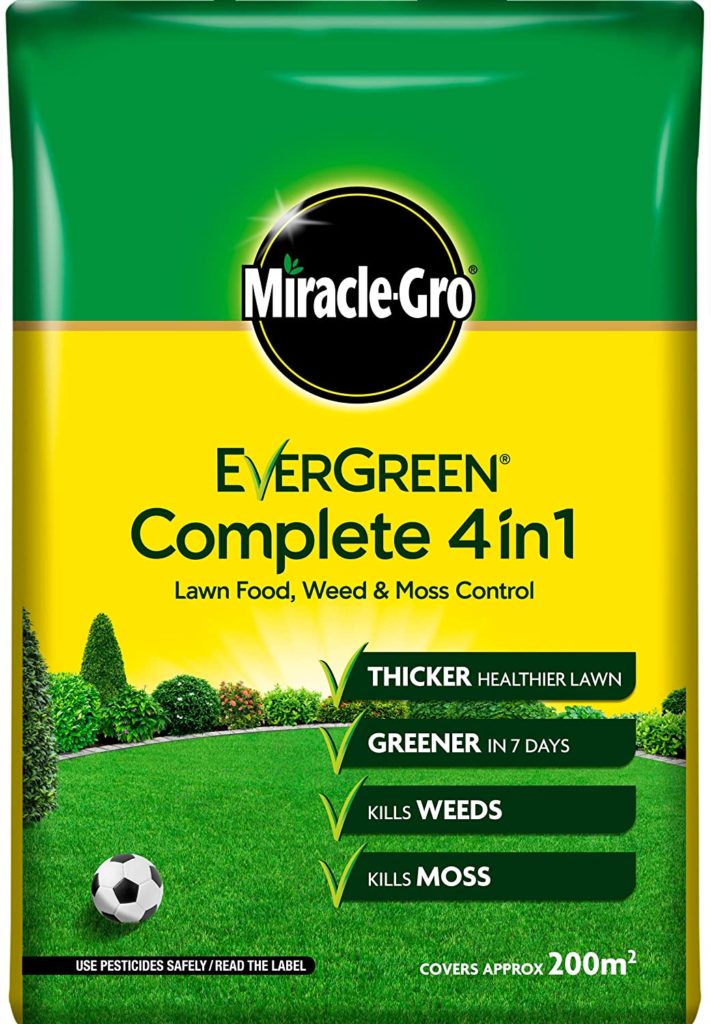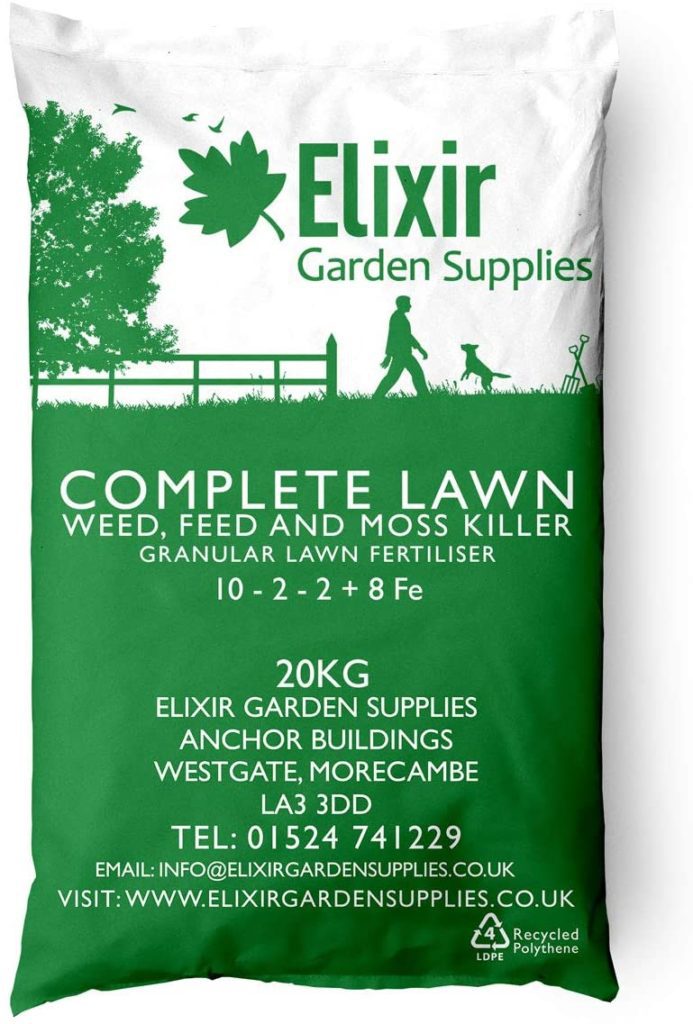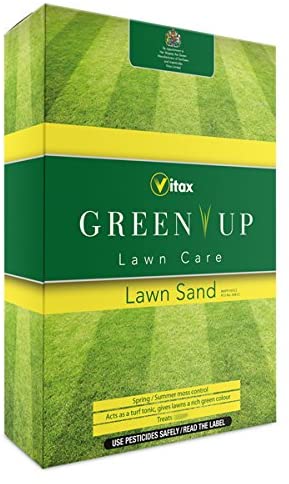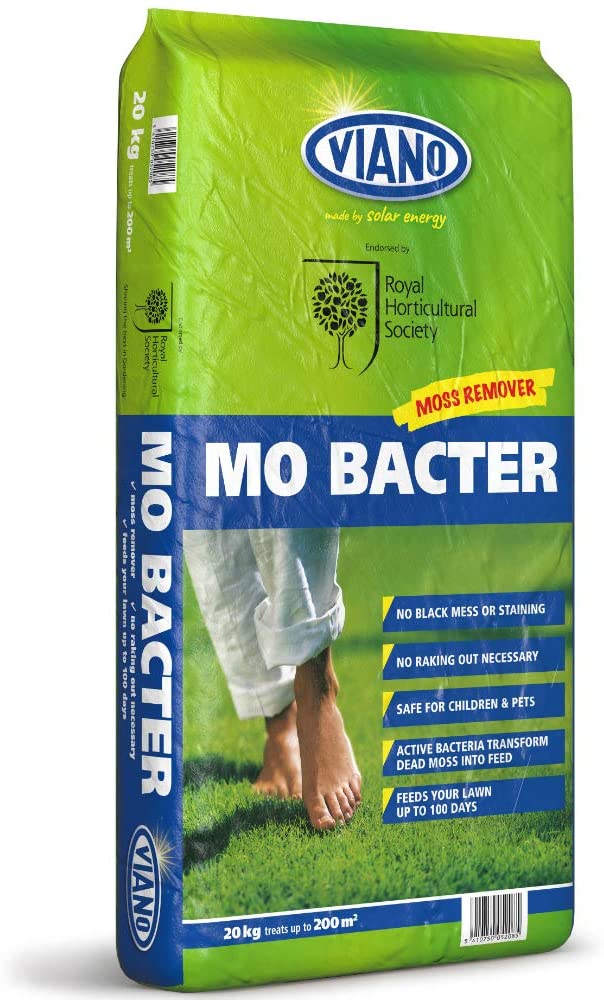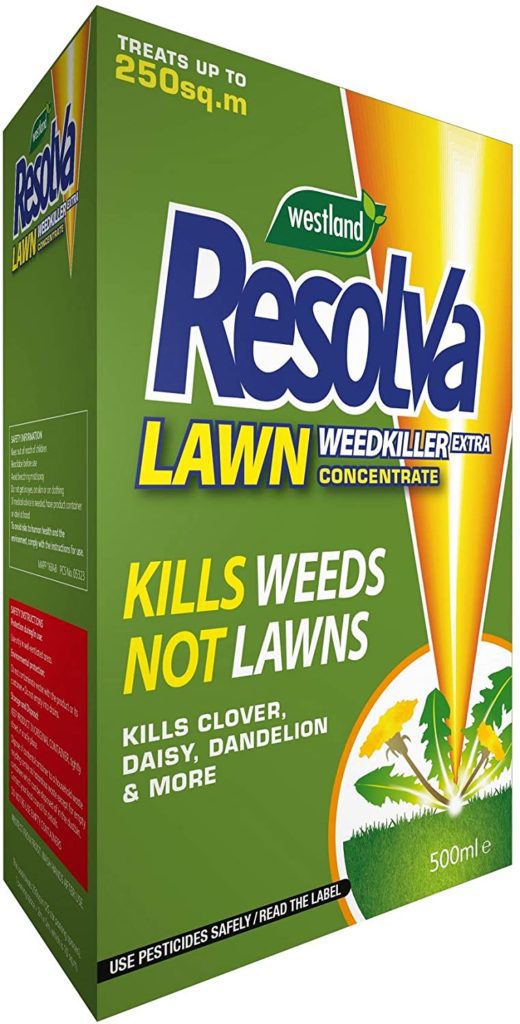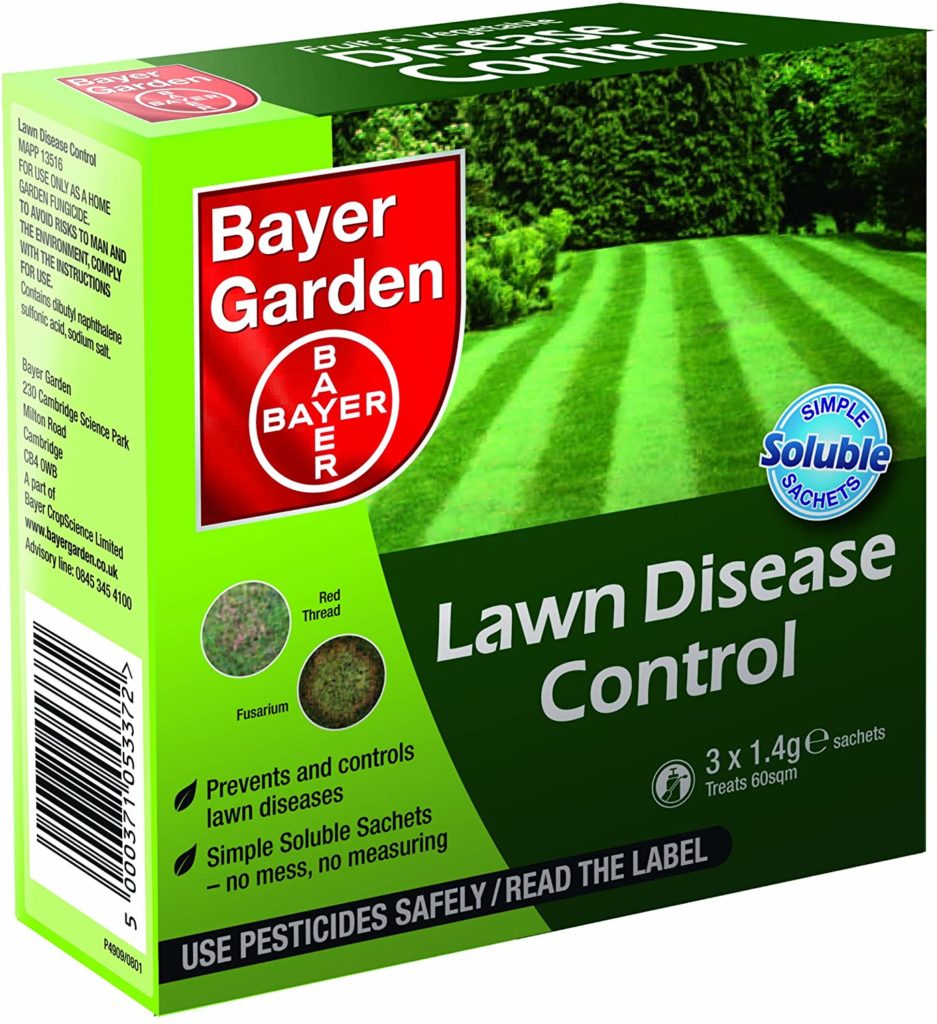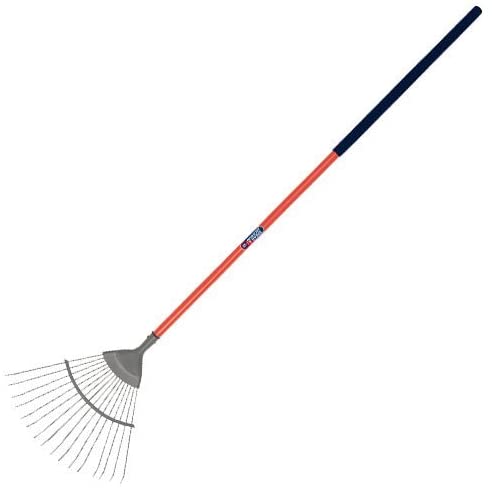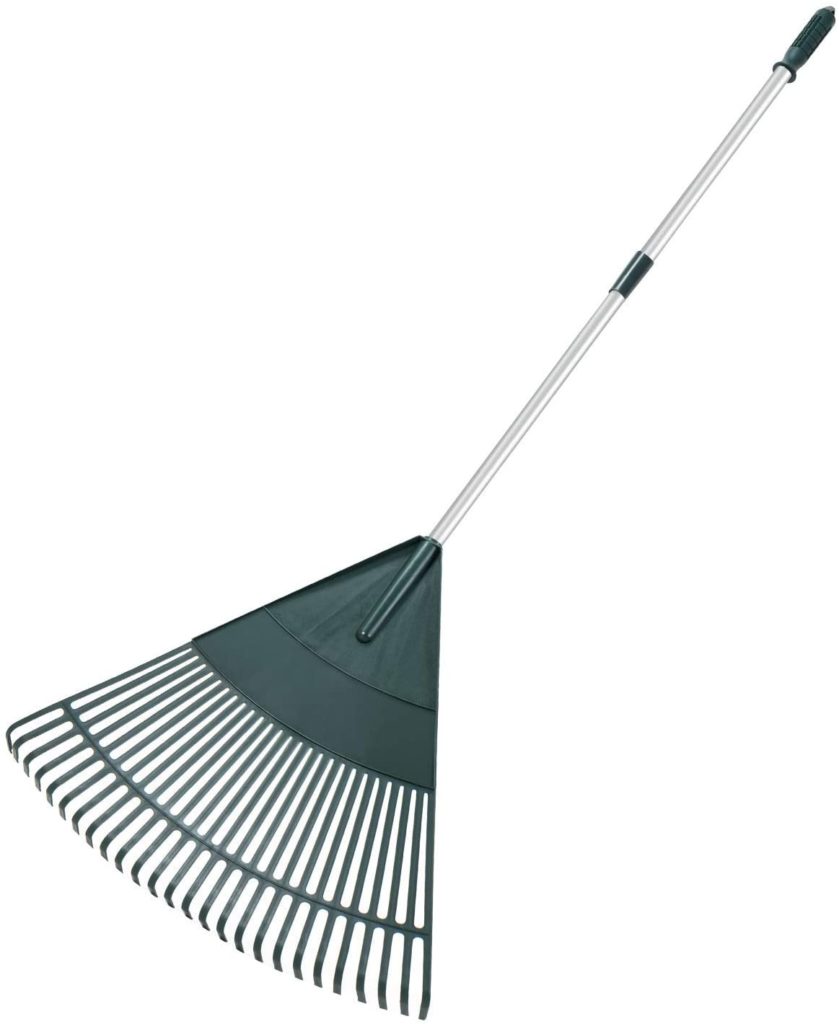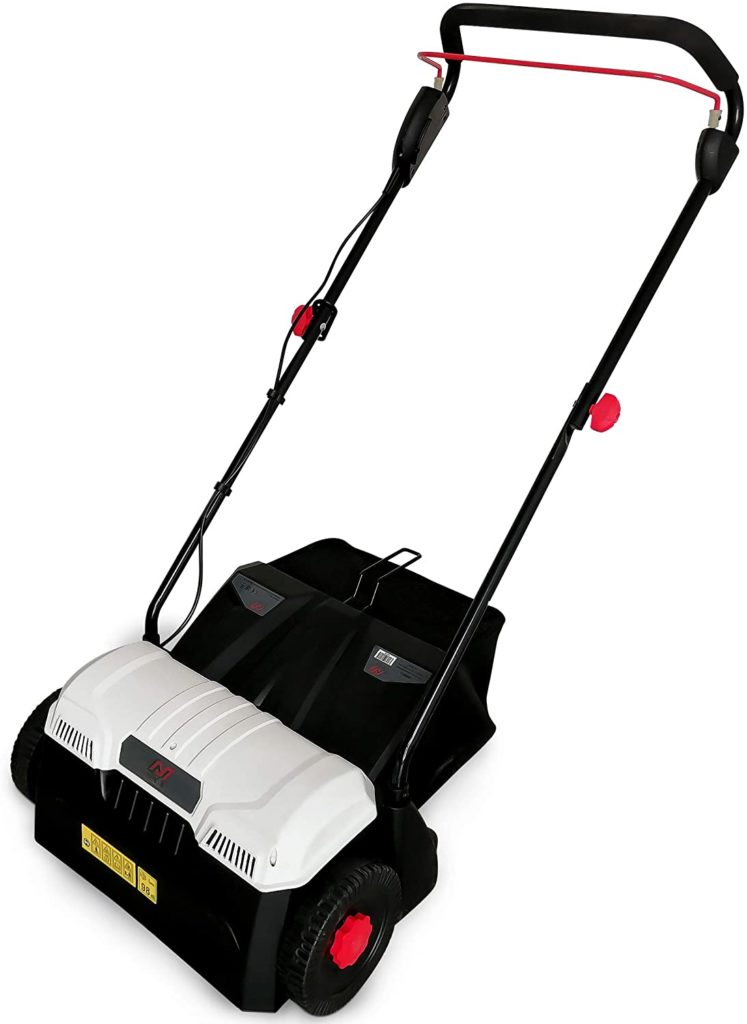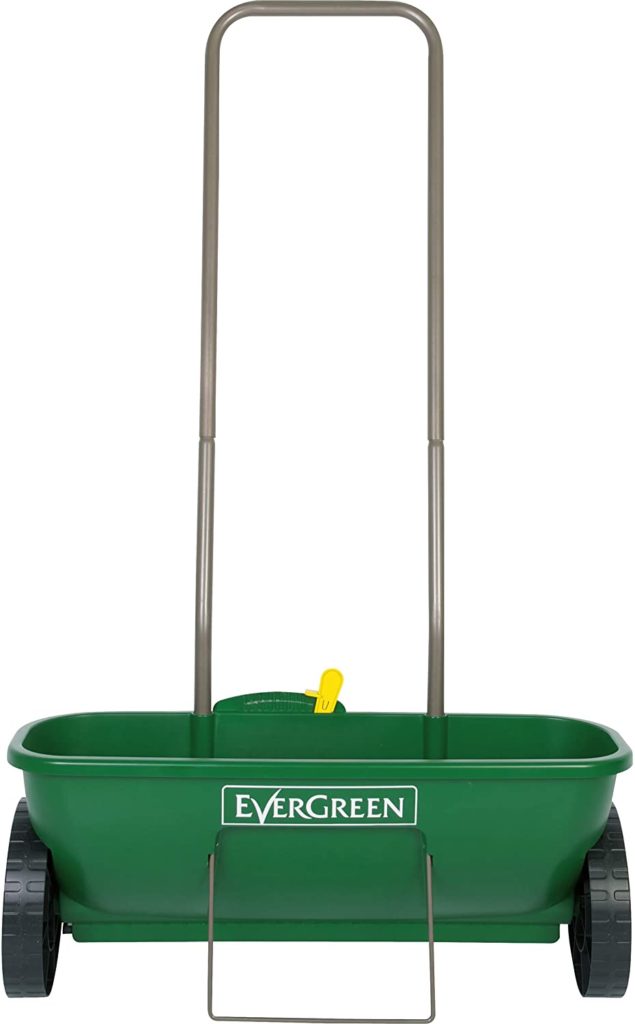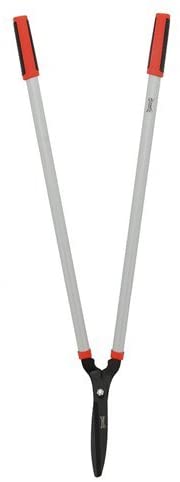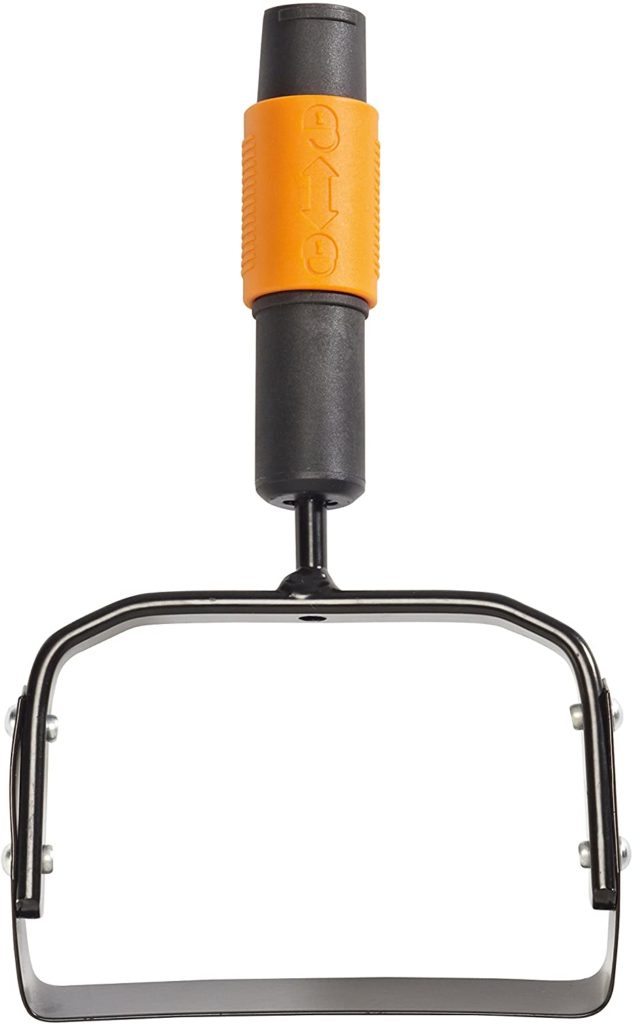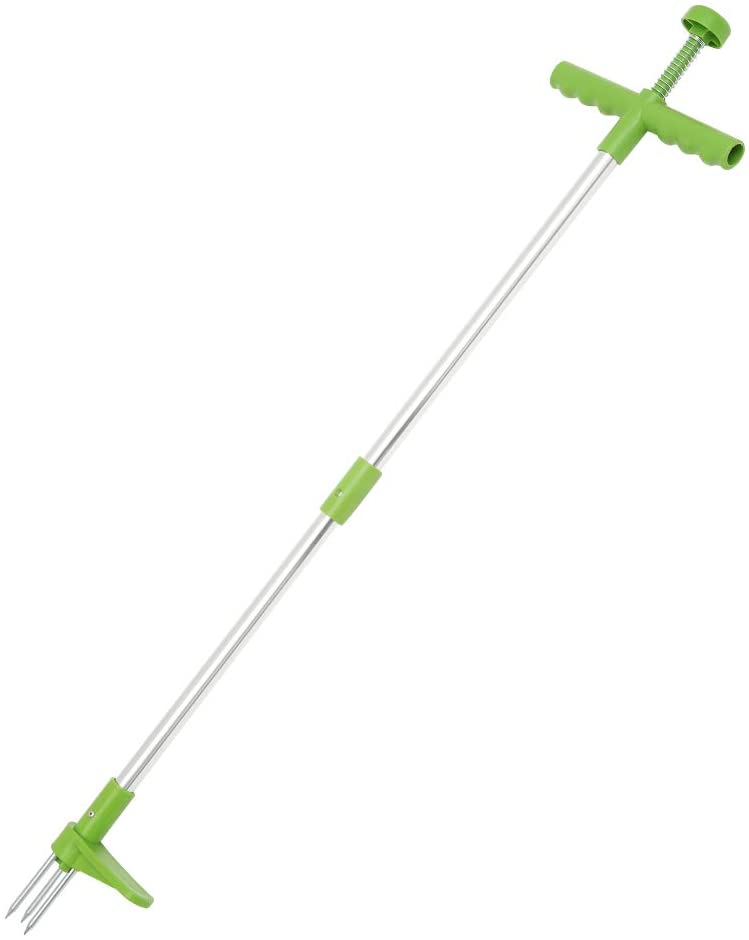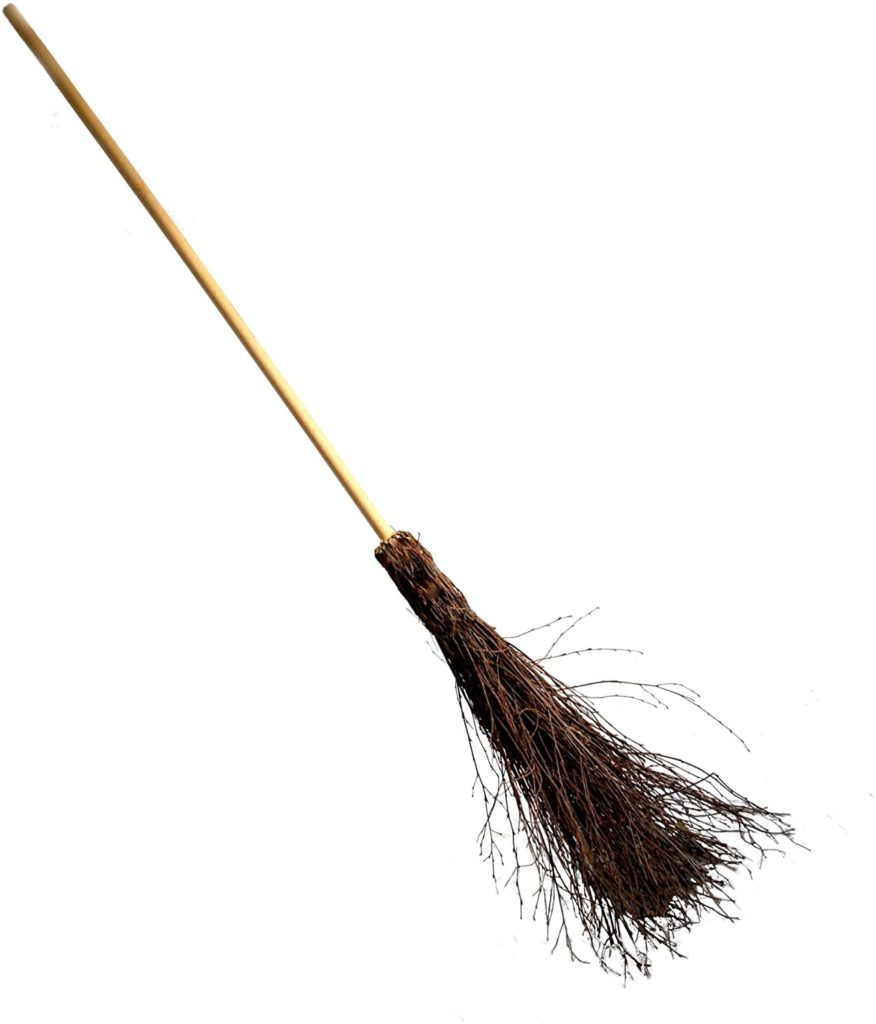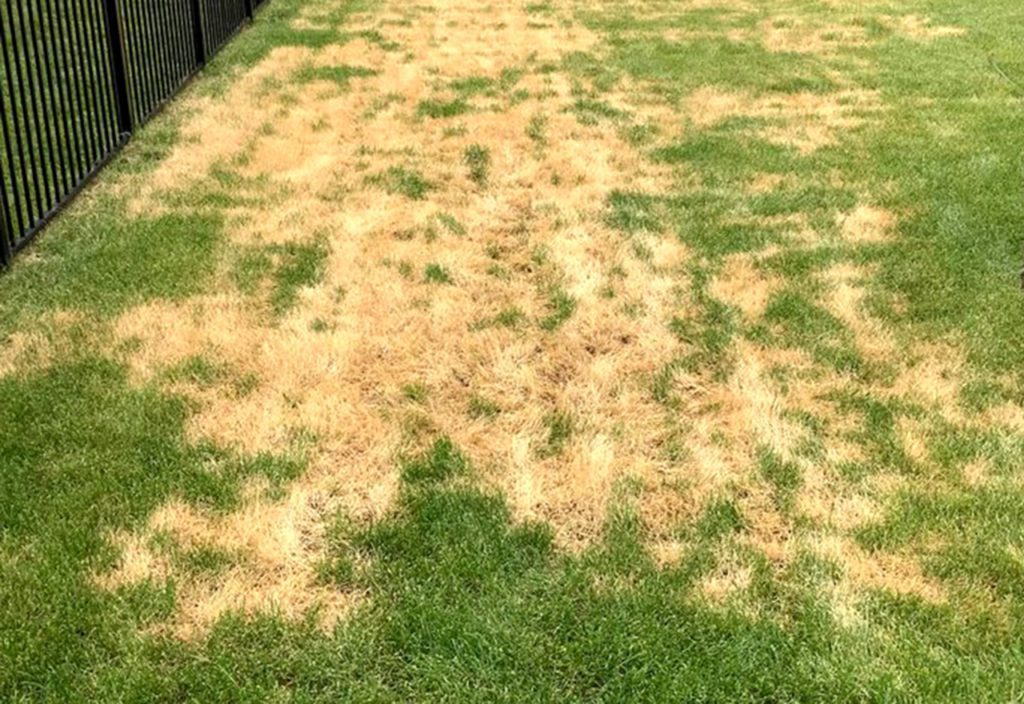
Addressing Common Lawn Problems
One of the best ways to tackle lawn problems is to identify the specific culprit behind the unsightly patches or wilting grass. Here, we’ll delve into some common lawn issues and explore solutions to get your yard thriving again.
Diagnosing Brown Patches
Brown patches can be a frustrating sight for any homeowner. These unsightly areas can appear anywhere on your lawn, in various sizes, and may be circular or irregular in shape. Affected grass often appears thin, wilted, and eventually dies completely. Several factors can contribute to brown patches, including compacted soil, poor drainage, and even pests like grubs.
Solutions for a Brown Patch Revival
The key to reviving brown patches lies in identifying the root cause. Once you understand the culprit, you can implement a targeted solution:
-
Grub Damage: If grubs are the culprits, you might notice spongy turf that lifts easily with a rake. Daytime sightings of birds feasting on grubs can also be a giveaway. Beneficial nematodes or insecticidal products labeled for grub control can be helpful. Always follow the product instructions carefully to ensure safety and effectiveness.
-
Fungal Disease: Damp conditions can foster fungal diseases like dollar spot or large patch, causing brown, circular patches on your lawn. To combat these, fungicide application according to label instructions might be necessary. Remember, adjusting your watering practices to avoid creating a damp environment is crucial for long-term prevention.
-
Heat and Drought Stress: Excessive heat and lack of water can also cause brown patches, especially in areas with direct sunlight. Deep watering practices, where you water less frequently but for longer durations, can encourage root growth and improve moisture retention in your lawn.
-
Dog Urine: Dog urine can burn grass, leaving unsightly brown patches. To minimize this issue, consider designated potty areas for your pets. Additionally, thoroughly watering the affected area can help dilute the urine concentration and promote grass recovery.
Lawn Problem Solving
Get your grass into great shape with our guide to choosing the right products and tools.
Improving the health of your lawn is the key to improving its looks. Start by identifying any problems, then use our guide to find the right treatments.
There’s a wealth of products to suit all approaches: both organic and chemical, including ready-to-use products that are super convenient (if a little pricier) and newer, environmentally friendly treatments.
Do take care to follow the packet instructions for safe and effective results, and never be tempted to over-apply: too much can often be more harmful than none at all.
Having the right tools makes maintaining your lawn easier, and good cultivation can prevent many common problems.
So overleaf, we guide you through the key kit for a lusher lawn.
Re-seeding
Sow with treated or coated seeds for best results to thicken a sparse or patchy lawn.
Patch repair kits are handy for small areas. How to use In spring or autumn. Keep watered until the new grass is established. Try Johnsons After Moss Lawn Seed Miracle-Gro Patch Magic.
Dog spot repairs
Tackle yellow patches caused by dog wee with products containing grass seeds and growing medium.
A urine neutralizer can be applied as a repair. Or neutralizing products can be added to dog’s drinking water.
How to use From spring to autumn. Try Dog Rocks, Envii Neuturine, Westland Aftercut Patch Fix.
Biological pest controls
Chafer grubs, leatherjackets, and ants can cause lawn damage directly, as well as indirectly, when larger creatures feed on them. Applying microscopic nematodes is a safe, environmentally-friendly control method.
How to use In April to September onto moist grass, when the weather is sufficiently warm.
Try Nemasys
Worm deterrents
Worms are great, but some lawn lovers don’t like the piles of fine soil (casts) they produce. Applying a sulfur-based product creates acidic conditions that worms avoid.
How to use In any periods of high worm activity. Check the lawn pH first, as treatment may make conditions too acidic. try CastClear, Sulphurlawn Spray-on
Spring lawn feeds
These are rich in nitrogen, which boosts strong, green, leafy growth. Correct feeding
helps the grass to outperform weeds and moss.
How to use; Apply evenly from March to May, when the soil is moist and the grass
dry, then water in.
Try EverGreen Extreme Green, Neudorff Organic Lawn Feed & Improver
Liquid feeds
These give fast results, as you dilute and water the product on, so the grass can take it up immediately. It will green up a tired lawn within days.
How to use From April to August. A few days after mowing, and then at regular intervals.
Try Empathy Lawn Feed, Maxicrop Ultra Lawn, PlantGrow Natural Lawn Food
Moss killers
Apply moss killer alone if your lawn doesn’t need feeding. Otherwise, you can buy combined products containing moss killer and fertilizer.
How to use In spring or autumn. Dead moss needs raking out; then, the lawn may need overseeding.
Try Nutra-Iron Spray-On, Vitax Green Up Lawn Sand, VivaGreen MossOff
All-in-one treatments
Combined fertilizer, weedkiller, and moss killer for all-over chemical treatment
of established lawns. Rake out the moss and weeds once they’ve died off.
How to use In spring to summer, but only when the weather conditions are right.
Try EverGreen Complete 4 in 1, Westland Aftercut All In One
Natural combination treatments
As well as feeding the lawn and killing moss, these newer products contain friendly bacteria
that digest the dead material. This means there’s no need to rake out the debris afterward.
How to use; From April to September.
Try Viano MO Bacter Organic Lawn Fertiliser, Westland SafeLawn
Autumn feeds
These are rich in potash to encourage root growth, laying the foundation for a healthy
lawn the following year. If you only feed once, go for an autumn feed.
How to use; In September or October, as for spring lawn feed (above).
Try Nutranatural Autumn & Winter Lawn Food, Scotts Lawn Builder
Lawn weedkillers
These attack just the weeds, not the grass. Weeds may increase or become distorted before they die, and more than one application is usually required.
How to use; From April to September, in dry weather. Identify your weeds, so you buy the right treatment.
Try Verdone Extra Lawn Weedkiller, Westland Resolva Lawn Weedkiller
Lawn disease control
Fungal diseases, like red thread and fusarium, can attack grass. There is only one licensed lawn fungicide for amateur gardeners.
How to use; Any time, except in drought or frosty weather.
Try Bayer Garden Lawn Disease Control Sachets
Lawn tools
This rake has flexible metal tines with cranked ends for scarifying to remove moss and thatch (dead grass) and control spreading weeds such as speedwell and buttercups.
You can also use it to gather grass clippings and leaves.
How to use: Rake carefully in spring and more vigorously in autumn.
Leaf rake
An efficient tool for removing leaves from lawns is plastic or rubber tines that don’t
skewer the leaves. This makes it easier to use, as the rake doesn’t clog up readily.
How to use: Rake up autumn leaves every few days, so they don’t build up into a thick layer that excludes the light and can kill the grass.
Aerators and scarifiers
Use to make drainage holes in the lawn or rake out moss and thatch. A wide range of
manually operated designs are available to suit small lawns or energetic gardeners.
How to use: Aerating is ideally done in autumn before the winter rains.
Scarify to remove moss and thatch in spring or autumn.
Spreader
For even application of lawn feed and lawn seeds. Wheeled models are good for level,
regularly shaped lawns, while hand-held types suit small or awkward spaces. There is
a wide range of models, prices, and quality.
How to use: Use the correct distribution rate and avoid overlap or gaps when applying.
Half-moon edger
This creates a neat vertical edge when cutting a fresh outline on lawns adjoining a border or path. The sharp, straight blade gives a crisper finish than a spade, which has a curved blade.
How to use: Press down firmly with your foot, so the blade slices cleanly through the
grass and its roots. Compost the trimmings.
Lawn shears
Use to trim unmovable spots, such as around posts, or use edging shears as shown
above. Specialist lawn shears have angled blades and are much easier to use. Choose
from short- or long-handled models.
How to use: Trim when the grass is dry. Clean the blades after use and keep sharp.
Short-handled weeders
For removing rosette-forming or deep-rooted weeds. Different types include daisy grubbers, lawn knives, and dandelion weeders.
How to use: Choose a long-bladed weeder for deep-rooted perennials, which regrow from
any piece of root left behind. To minimize back strain, kneel rather than bend down.
Long-handled weeders
These efficiently extract deep-rooted weeds. The choice of designs includes a pronged,
corkscrew, and clawed models. Some have a footplate for greater leverage.
How to use: Weeds come out more easily and cleanly when the soil is damp. Insert the
tool to the full blade depth and remove steadily.
Besom broom
Traditionally made from birch twigs, this is ideal for scattering unwanted worm casts to suffocate the grass and become a seedbed for lawn weeds. The splayed ends
are also handy for sweeping in corners.
How to use: Once the worm casts have dried out, and before mowing.
Conclusion
By pinpointing the cause of your brown patches and implementing the appropriate solution, you can restore your lawn to its lush green glory. Remember, a healthy lawn starts with proper identification and targeted care!



















